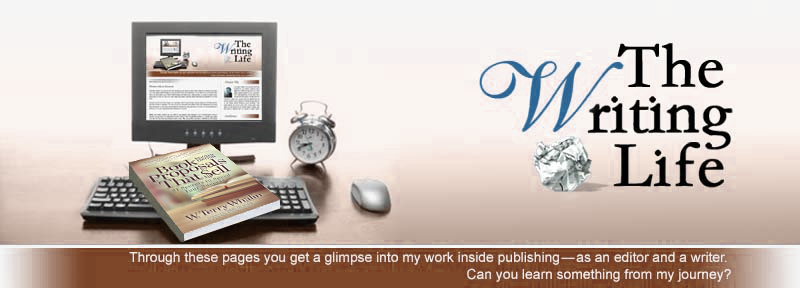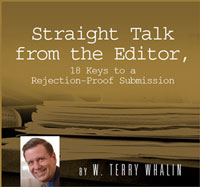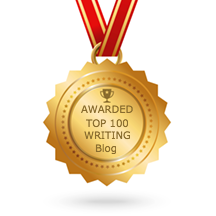Race to the Finish Line
Whenever I begin a large project, I can always tell when I’m close to completion. My writing and my work tend to speed up and I finish the project. Well, it is probably not completely finished but at least the rough draft has been completed.
I’ve heard the same story from various novelists. They will labor for the early part of their novel to set their characters and start their plot, then for a long period of time, they pace out a certain number of pages each day. At the end of the novel, their fingers race on the keyboard for the final page. Some novelists have told me they stay up half of the night to complete this first draft while they have their momentum.
It’s where I am on a particular writing project at the moment. The project is consuming most of my attention. I will admit that I’m getting a few other things accomplished—but overall I’m focused on the completion of this single project. In the early stages, it took a bit of time for me to determine the format and reassure myself that I was properly completing the assignment. Currently for another day I will be in the plodding stage of the middle and Monday I expect to be racing to the finish line.
Faithful readers about my writing life should know it’s possible I might skip the next two days of blogging. I’m trying hard to keep focused on this project so I meet the nearly impossible deadline. Writers and editors have deadlines. These deadlines are important and keep us on track.
In the meantime, you can read my profile about Frank Peretti that appears on FaithfulReader. Follow the link to learn more. Also in an email, I learned that Right-Writing.com is among the top 1% of websites on the Internet. Look at this link to learn more (under the self-help section).
You will notice I said “might” skip this blog. Nothing is certain in this world.





















